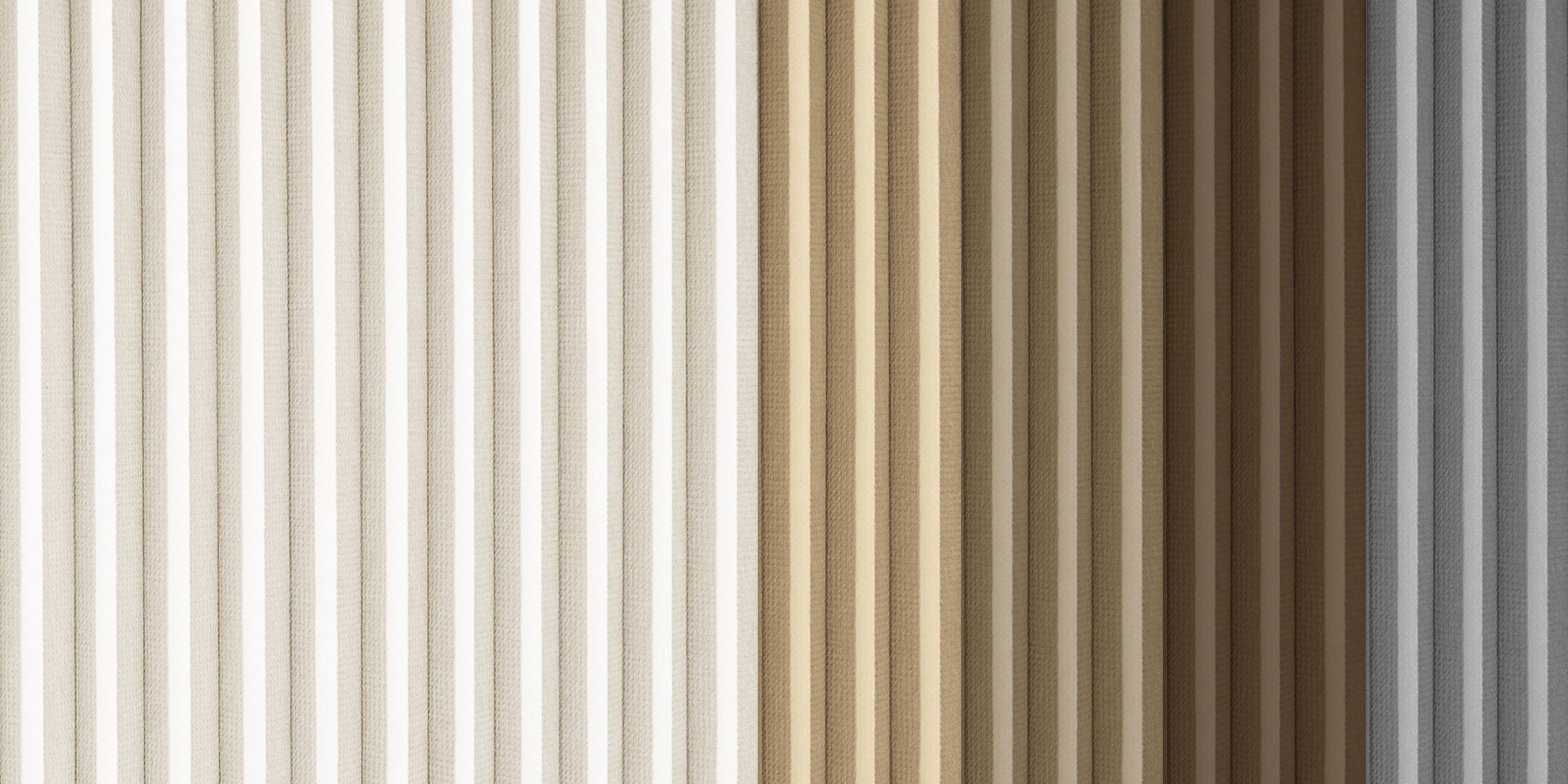-
USD $
USD $
Your cart is currently empty.
Not sure where to start?
Try these collections:
This site uses cookies for better user experience and analytics.

Cellular shades, also called honeycomb shades, are soft, fabric window shades built with pockets (the “cells”) that trap air. That built in air layer adds insulation, helping keep rooms warmer in winter and cooler in summer. Cellular window shades are lightweight, sleek, and great for privacy and glare control. Operation options include cordless cellular shades (kid- and pet safe), motorized cellular shades for remote control, and top down bottom up cellular shades that let in daylight from the top while keeping privacy below.
Yes. Honeycomb window shades are among the most insulating window coverings you can buy. By trapping air in the honeycomb, cellular shades reduce heat loss through windows in winter and heat gain in summer. Depending on the fabric, fit, and climate, many homeowners notice improved comfort and potential savings on heating and cooling. Independent sources report cellular shades can reduce heat loss by up to about 40% in winter and heat gain by up to about 60% in summer. For even more thermal performance, consider blackout cellular shades which typically have added light-blocking layers.
The main reason is that white reflects sunlight and heat much better than darker colors. This helps keep your room cooler by bouncing heat away from the window, which improves the shades’ energy efficiency. For light filtering honeycomb shades, a white backing also helps diffuse sunlight more evenly, creating a softer, more comfortable glow without harsh glare.
Another reason is aesthetics. Many residential and commercial buildings prefer a clean, uniform look from the outside. A white backside ensures that all windows look consistent, no matter what color the shades are on the inside.

